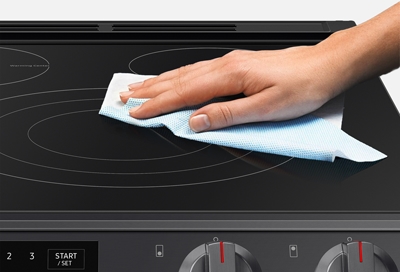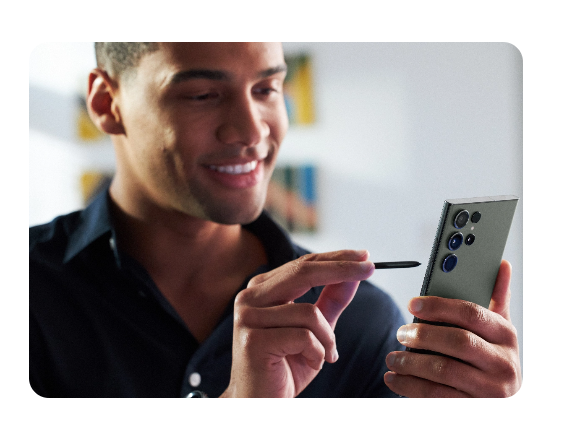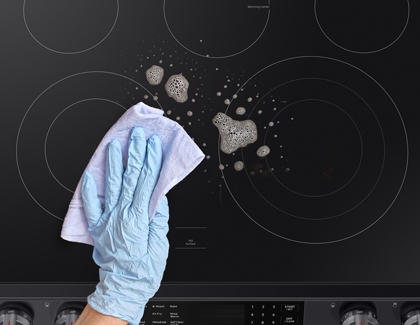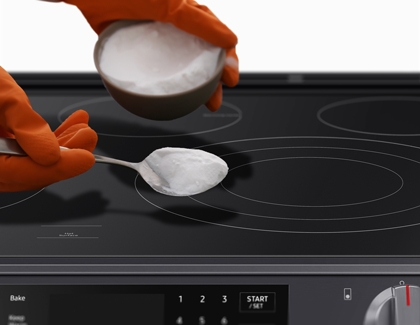Clean and care for your Samsung electric cooktop

Although they are different from traditional gas cooktops, taking care of your electric or induction cooktop doesn't have to be too hard. This guide will explain everything you need to do (or avoid doing) to keep the glass cooktop looking pristine, so it will last for years to come.
Note: Clean the cooktop before using it for the first time.
Other answers that might help
Contact Samsung Support





